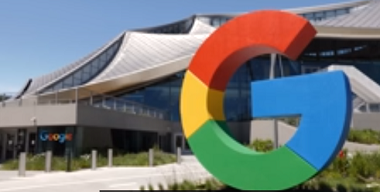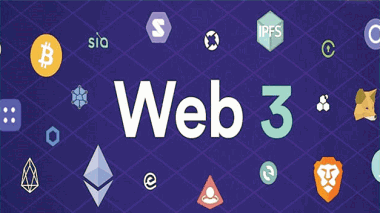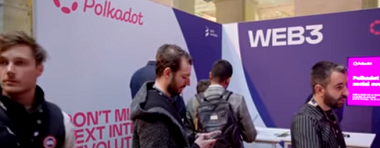What is Web3?
Blockchain is called "Distributed Ledger". This is a database that has no central data store, but its hosting is done through a computer network instead of a single server, which provides customers a fair and unchangeable way of storing information. These efforts are collectively called Web3. To rewire the work of the web, it uses blockchain to store and share information. It is also a pretty easy shorthand to change the way of ownership. According to experts, Web3 will make new economies, new classes of products, and new services online, and it is going to explain the next era of the internet.
It is a fact that energy, money, and skills are growing in Web3 Projects. Making a web again is a very important job. Blockchain faces important technical, environmental, ethical, and regulatory barriers to fulfilling its promises. Doubtful people have warned that Web3 has problems with speculation, stealing, and privacy. A lot of companies are inspecting Web3 and some of the big firms have concluded the result that they and their customers don't like it. In fact, a lot of people don't know what Web3 is. A survey was conducted in March 2022 on Lindin in which 70% of the people said that they didn't know Web3.
From Web 1 to Web3
In Web 3, there is no centralized control, nor do the customers need to know about others to trust them or do business with them. Web 3 is a possessive internet of its builders and customers, which has been arranged with tokens. It is a big thing because it changes one of the basic moves of today's web in which companies allow customers to squeeze every possible data. According to experts, Web3 is a vision of those things for which we already use the web. But communication among the groups is published if it is public. The information we accept and agree on is placed on a common ledger. The private information is kept secret and never revealed. In this vision, all communications and identities are kept secret. In a nutshell, to implement our previous assumptions mathematically, we engineer the system.
What does Web3 mean for companies?
Web3 is different from Web2 in many ways, like customers don't need to log in separately for every site. Those who are more successful in Web3 who make communities or who plug in the existing companies. According to experts, the decentralized web is very quickly establishing its position. It is easy for the developers to work on the projects in Web3. They say that the world of the decentralized Blockchain properly approved is coming, and according to a lot of people, it is very near. Some companies are adopting hybrid methods for the blockchain, which provides benefits without any obstacles. The companies stepping into it should remember that Web3 is getting polarizing. The claims of occupying the internet, making the financial system better, distributing wealth again, and making the web democratic around Web3 are thin and should not be taken seriously. Which version and how your company answers can decide what the digital economy and Internet of the next era will look like.





